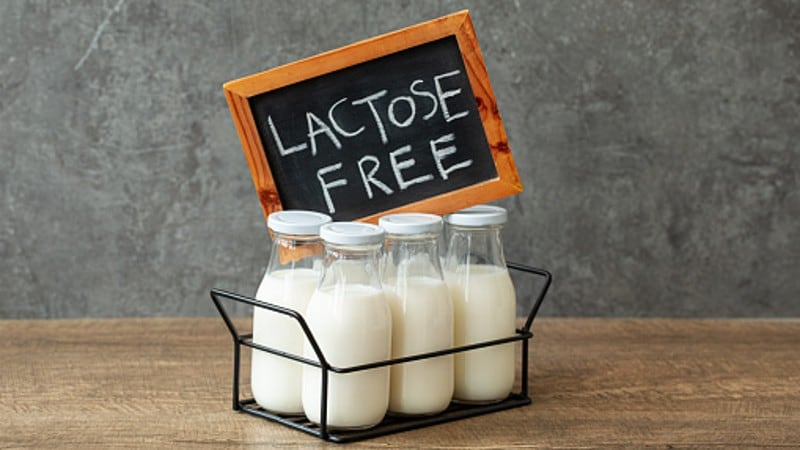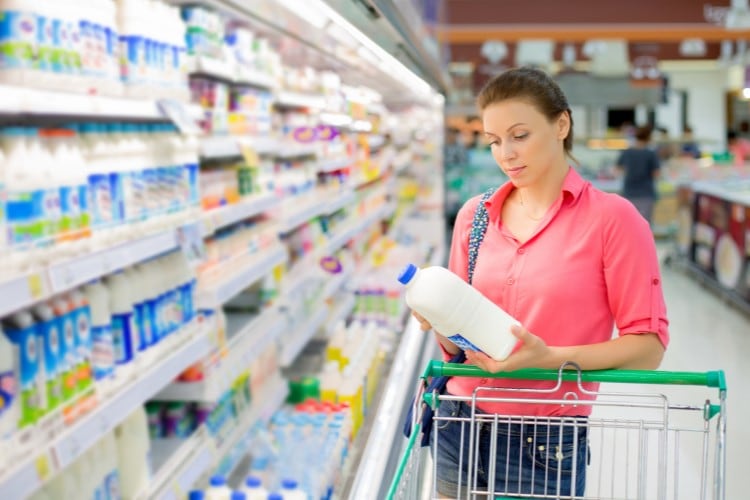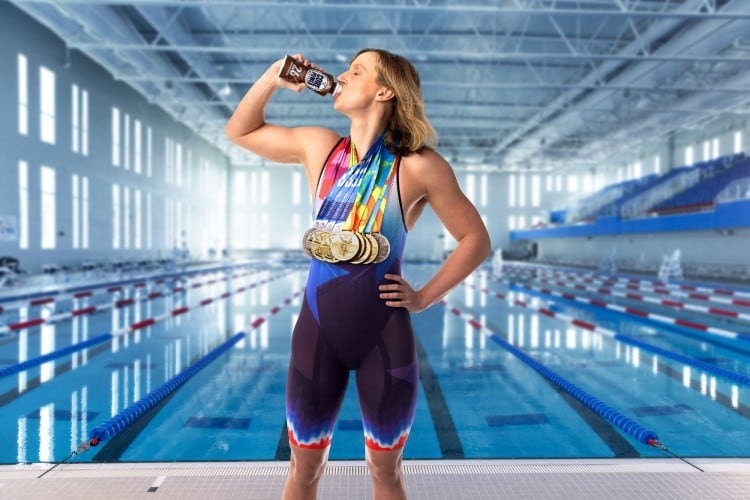Key takeaways
- Lactose-free dairy products have seen continuous growth in the US
- The trend is driven by health-conscious consumers seeking products tailored to their dietary needs
- Major companies like Chobani, Fage, fairlife, and DairyPure are leading innovation
- New entrants and innovations, such as Darigold Inc.’s ultra-filtered milk and TruMoo Zero’s lactose-free chocolate milk, highlight the growing demand for reduced- and lactose-free products
With increasing dollar sales and volumes in the US, lactose-free dairy is having a moment. In fact, the category has charted consistent growth year after year, making its success a long-term trend.
And this momentum is set to continue, analysts predict.
Liquid milk and ice cream remain at the core of the reduced- and lactose-free dairy space, but a new crop of formats has revitalized a category that was once mainly associated with dietary intolerance management.
Today, reduced- and lactose-free dairy increasingly forms part of the wider functional and digestive health space: with products such as high-protein yogurts and beverages majoring on lactose-free and reduced-lactose claims.
Meanwhile, some flexitarians have been switching back to dairy from plant-based milk alternatives via low and no lactose options – recognizing the nutritional value of dairy while limiting the potential for digestive discomfort.
In 2025, lactose-free claims continue to be a major sales driver, Circana’s Melissa Altobelli, senior vice-president, dairy and bakery practice leader, told us.
“Consumers are gravitating towards products tailored to their specific health needs, like lactose-free,” she said.
“Lactose-free has been the top growing claim in dairy for years – and it still is. In the first half of 2025, it is outpacing FY2024 performance.”
Milk is driving the most growth in lactose-free, but yogurt is growing at the fastest rate. “[Yogurt is up] 43% versus a year ago, so there definitely continues to be traction in lactose-free,” Altobelli added.
Digestive health is also driving category growth, the analyst told us. “Digestive health is a top-growing claim in dairy. It’s been growing for several years as well, and so have probiotic claims.
“There are also tie-ins with protein. We know that increasing consumer focus on health, as well as GLP-1 use, has fueled demand for protein.
“Many high protein dairy products leverage ultra-filtration techniques that help brands deliver on higher protein levels/claims, and this processing also results in low/no lactose."
Melissa Altobelli, Circana
“Those consumers that are on the GLP-1 medications do seek protein, low fat, and low sugar; so that has continued to expand the demand for protein.”
Who and how is innovating in low and no lactose?
From yogurt to dairy beverages, companies such as Chobani, Fage, fairlife and DairyPure have been among the leaders in new product development innovation in the US.
The Coca-Cola Company-owned fairlife popularized ultra-filtration as a way to derive both lactose-free and high-protein dairy. Its portfolio – which includes the Katie Ledecky-endorsed protein shakes range Core Power - has reached a quarter of US households, with demand still expanding.
But fairlife is facing capacity constraints, which The Coca-Cola Company expects to gradually relieve over the next year – including by opening a new New York-based production facility at the start of 2026.
“I have no doubt in my mind that if we had more capacity, we could sell more product today, tomorrow and going into the rest of the year,” Coca-Cola Co. chairman and CEO James Quincey told investors in July, adding that capacity is set to ramp up ‘steadily’ across all the different fairlife variants and package sizes.
Chobani is also driving growth in low and no lactose. In late 2024, the company rolled out a range of high-protein Greek yogurt cups and drinks made with natural ingredients and 0g added sugar.
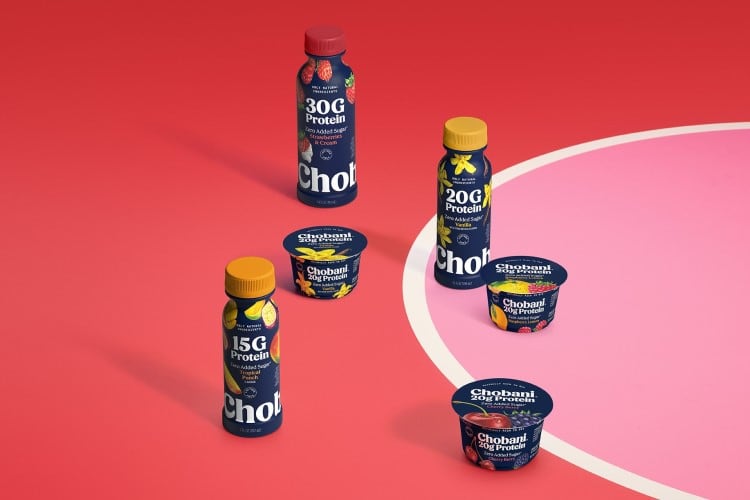
Fage, another Greek yogurt major, is also driving category growth in lactose-free, Circana told us. This is through the company’s BestSelf yogurt range, available in Plain and Split Cup formats to cater to both traditional at-home consumption and snacking or other on-the-go occasions.
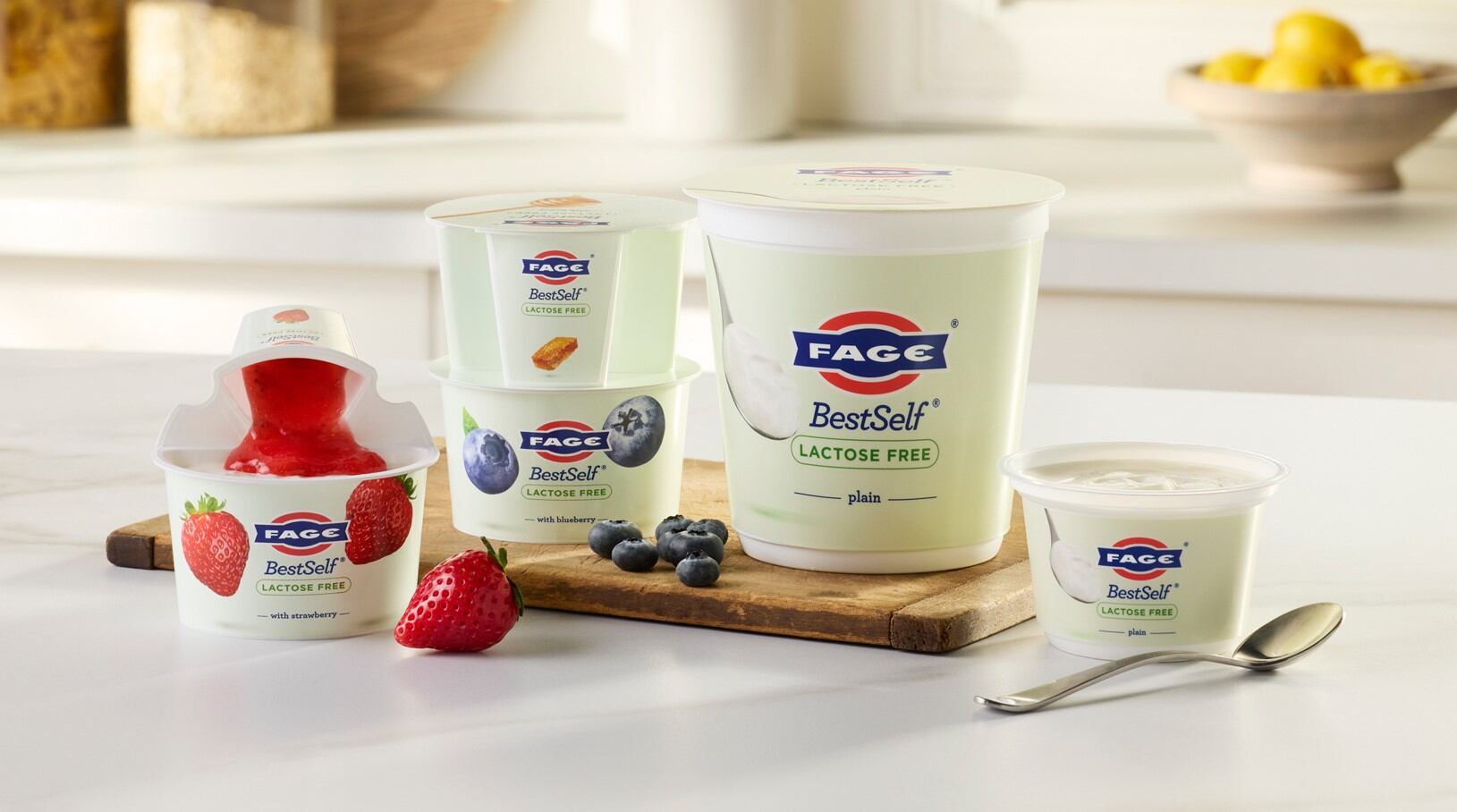
Other notable recent innovations from H1 2025 include a new A2 protein innovation for easier digestion; new lactose-free private-label offerings, and ultra-filtered and high-protein milk items that are lactose free, Circana told us.
Among the ultra-filtered propositions, new entrants include Darigold Inc.’s ultra-filtered milk range; DairyPure’s Milk 50 proposition; and TruMoo Zero’s added sugar chocolate protein-fortified whole milk.
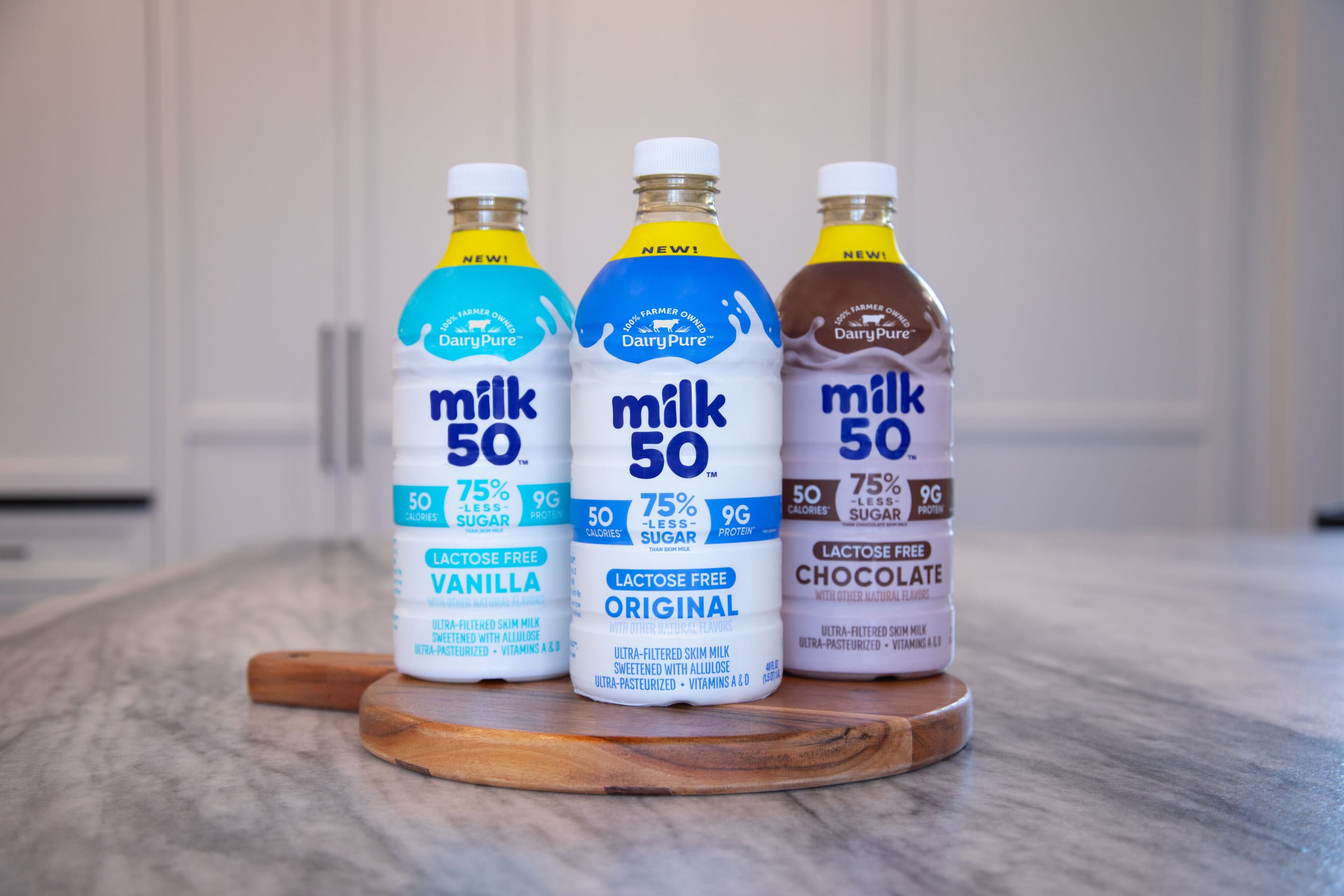
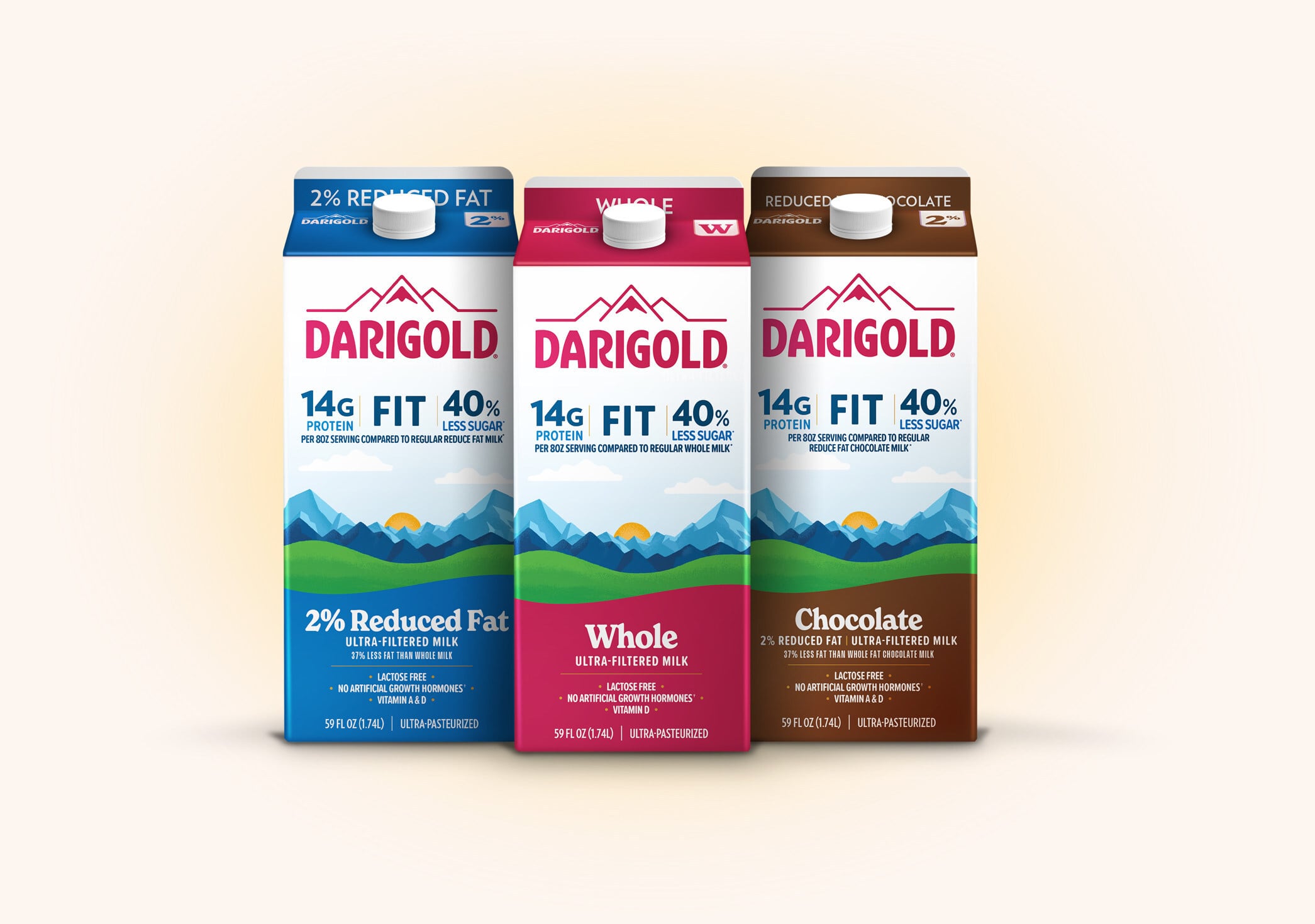
Among all these, protein, sugar and lactose-free call-outs feature prominently on-pack.
Meanwhile, kefir maker Lifeway Foods, Inc. also unveiled a range of lactose-free propositions: including a line of probiotic smoothies with collagen; a whole milk range with probiotics; and an 8oz flavored functional kefir milk drinks with live cultures and probiotics.
As demand for lactose-free dairy is expected to continue to rise - along with consumer interest in healthy food and drink - leveraging a mix of functional and digestive health claims is poised to be a winning strategy for brands and private-label manufacturers alike.

